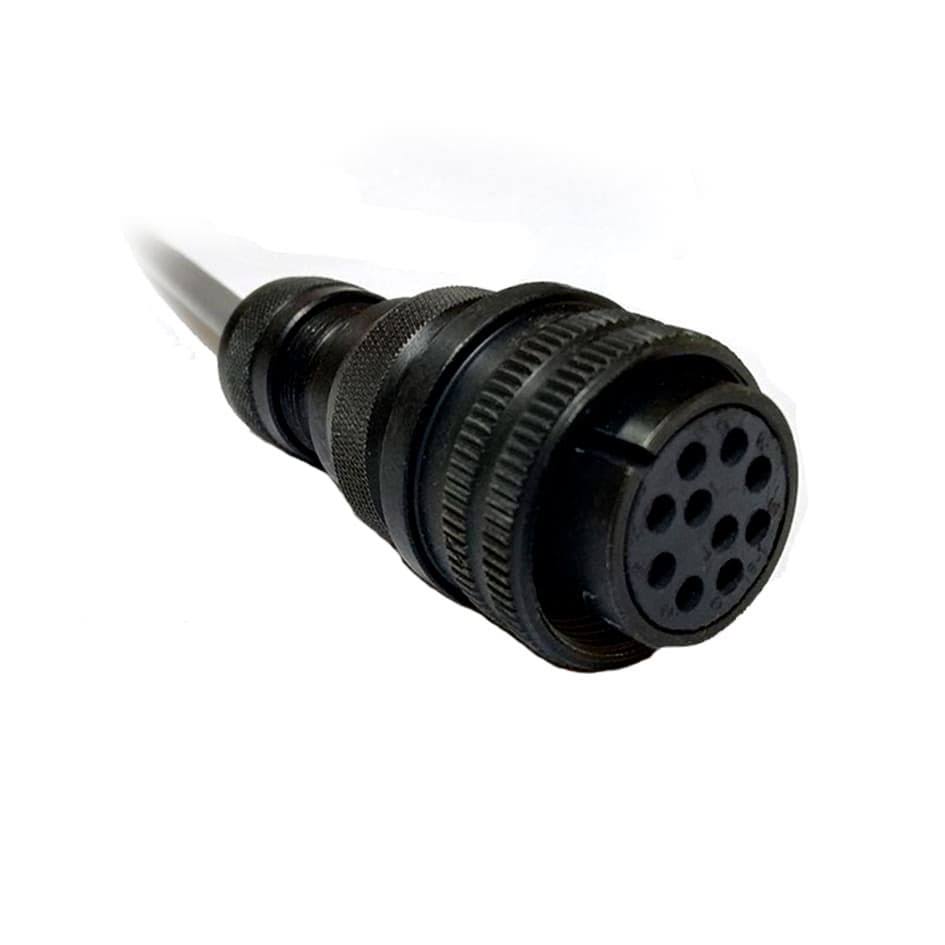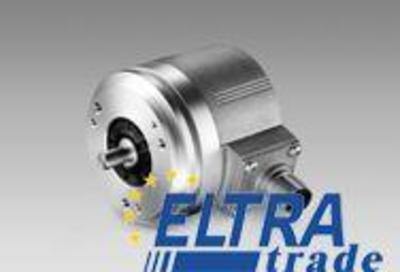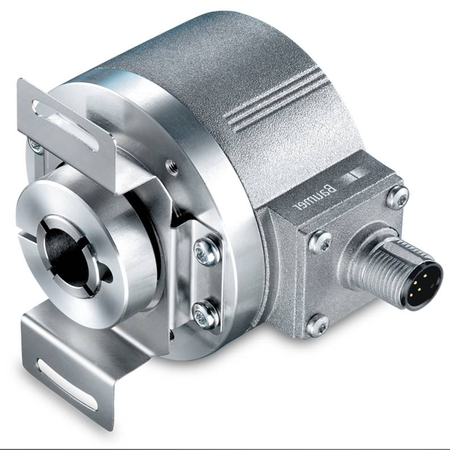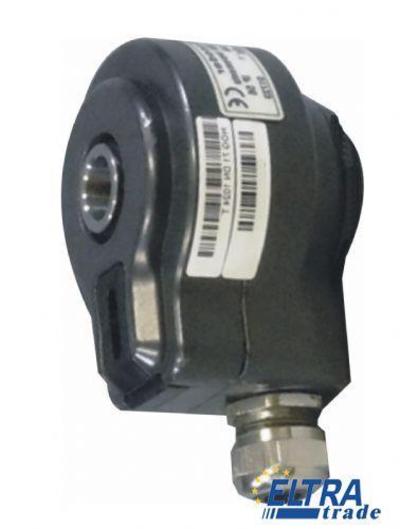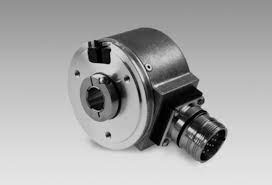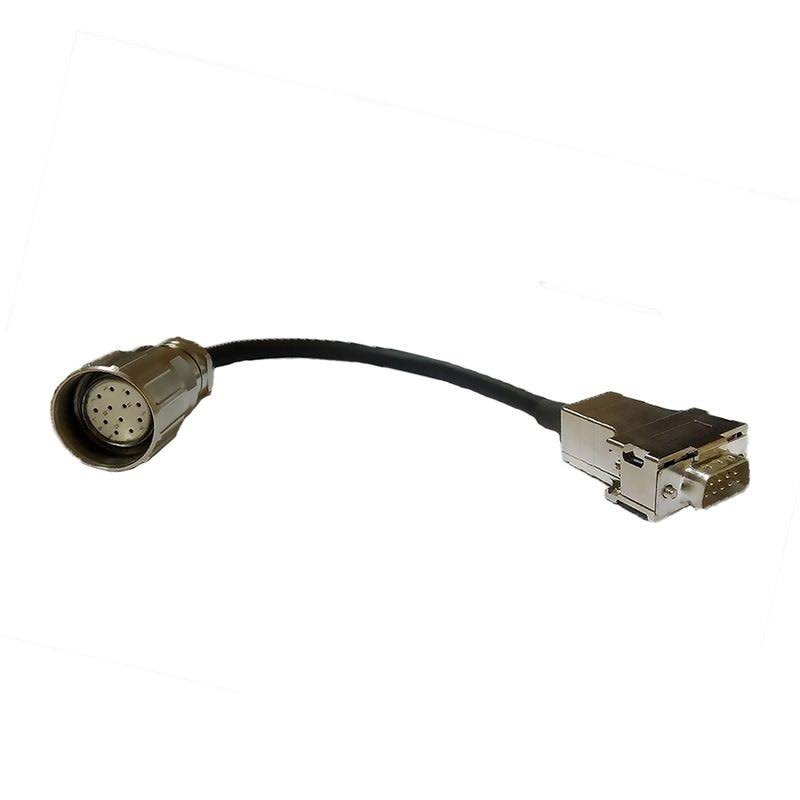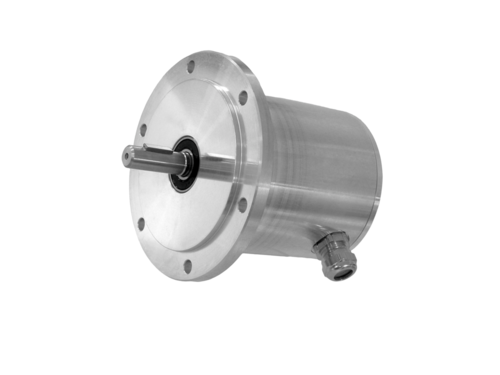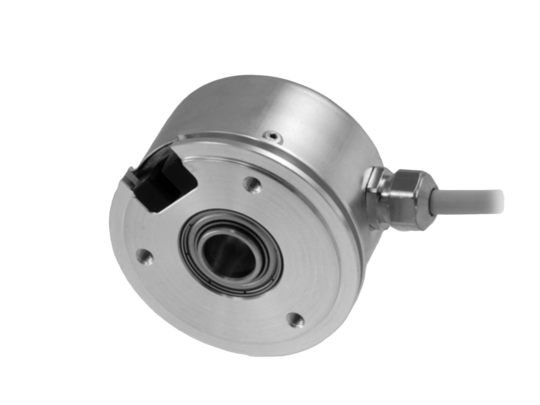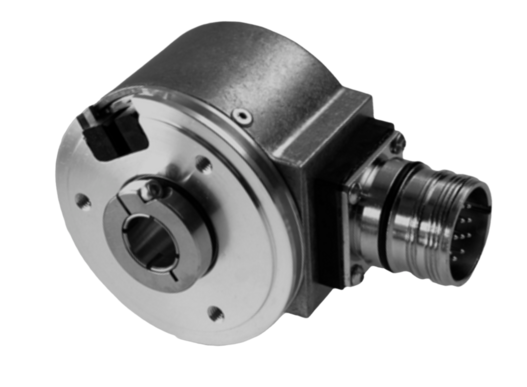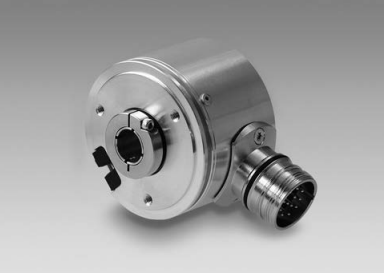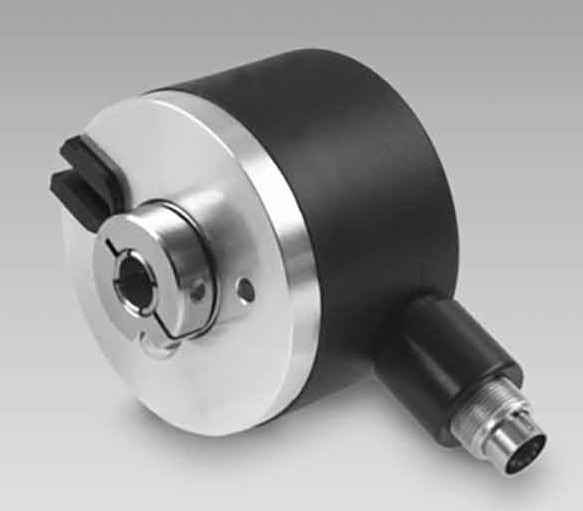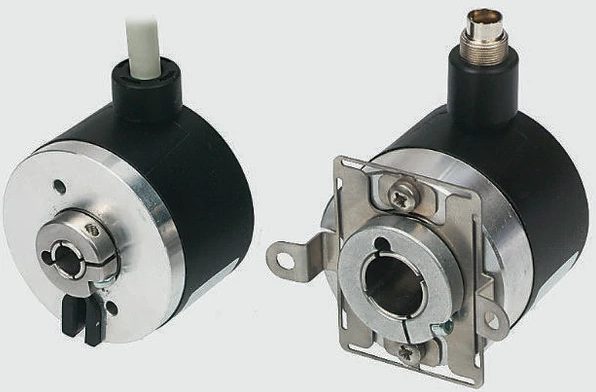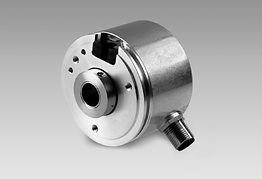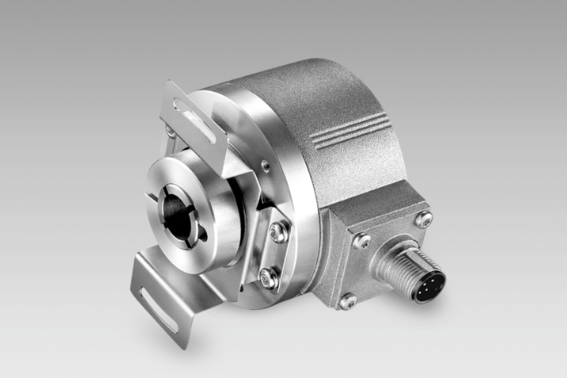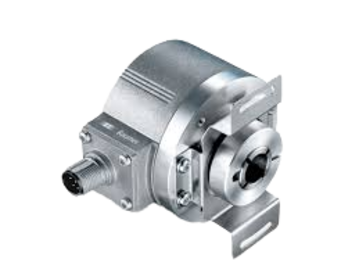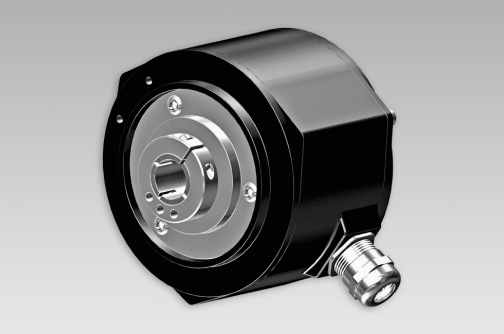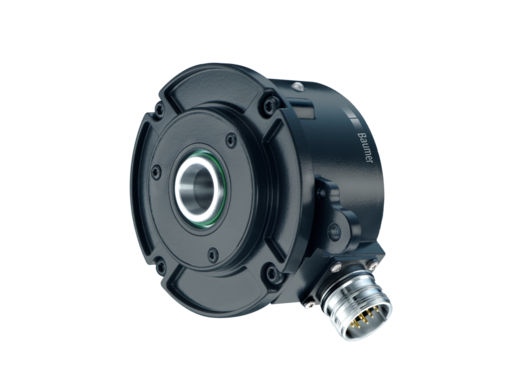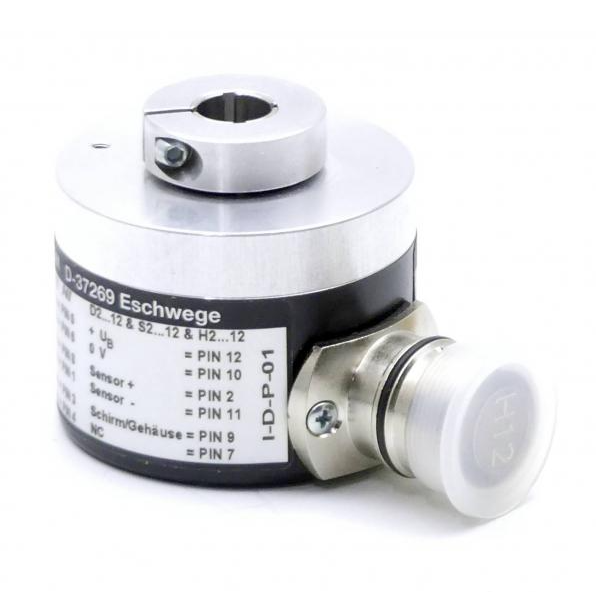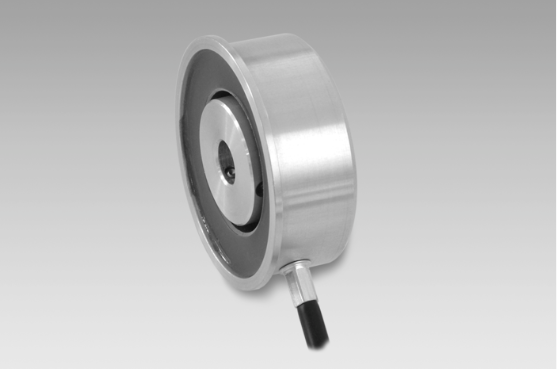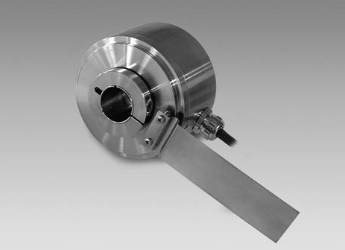Baumer Incremental encoder
IN STOCK!!!
Connector
- NAC 29H 10-pin Mil Spec Mating Connector
- necessary for electrical connection to the control system
- accessories for operation
IN STOCK!!!
Incremental encoder
- Voltage supply: 4.75...30 VDC
- Operating temperature: -40...+100 °C
- Weight: 300 g
IN STOCK!!!
Incremental encoder
- Voltage supply: 4.75...30 VDC
- Operating temperature: -40...+100 °C
- Weight: 300 g
IN STOCK!!!
Incremental encoder
- Case Diameter: 58 mm
- Ambient temperature: -40...+ 100 С
- Maximum speed: 12,000 rpm
art. 11043658
- blind hollow shaft
- ø 12-14 mm
- optical sensing
- blind hollow shaft
- ø 12-14 mm
- optical sensing
IN STOCK!!!
Incremental optical encoder
- Diameter: 80 mm
- Increased accuracy
- Suitable for all standard industrial applications
IN STOCK!!!
Connection cable HS35P with connector MIL, 10-pin / connector D-SUB, 0.5 m
- Accessory for Baumer 11076547
- Designed for heavy duty operations
- Used as a feedback element for motor control via an inverter
ITD 40 B10 Y 5
- Solid shaft ø11 mm with EURO flange
- Max. 2048 pulses per revolution
- Optical sensing method
- Centering alignment ø85 mm, mounting screw hole circle ø100 mm
- TTL or HTL output signals
Rotary Incremental Encoder with solid hollow shaft
Baumer BHG 16 incremental encoder with blind or through hollow shaft
- Size (flange): Ø58 mm
- Shaft type: Ø12 mm (through hollow shaft)
- Reading method: Optical
Incremental encoder with blind or through hollow shaft
Incremental encoder with blind or through hollow shaft
baumer bhk encoder
- Reading Method: Optical
- Reference signal: Zero pulse, 90° width
- Interference resistance: Complies with EN 61000-6-2
- Radiated interference: Conforms to EN 61000-6-3
Solid shaft with clamping or synchro flange
Incremental Rotary Encoder
push-pull incremental encoder
Encoder with blind hollow shaft
Blind Hollow Shaft Incremental Encoder with Stator Coupling
OptoPulse with blind hollow shaft
Incremental Encoder with Stator Coupling
Through Hollow Shaft Incremental Encoder with Stator Coupling
- Sensor method: Optical
- Dimensions (flange): ø58 mm
Through Hollow Shaft Incremental Encoder with Stator Coupling
The operation of the sensor is based on the optical incremental principle.
discrete shaft angle sensor
discrete shaft angle sensor
The operation of the sensor is based on the optical incremental principle.
Blind hollow shaft
Encoder with blind hollow shaft
Incremental encoder with blind hollow shaf
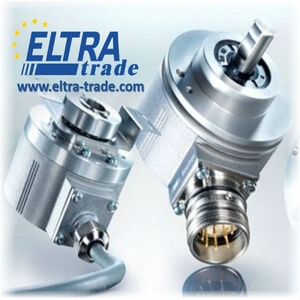
Baumer Incremental encoders are used as speed encoders in applications where it is not necessary to have information about the absolute position of the motor shaft or the moving part of the working mechanism after power is turned off. In this case, when the machine is switched on, the reference starts from zero, determining the relative displacement of the working body from the previous position.
Baumer hubner incremental encoders are available in a cast aluminum housing with a diameter of 58 mm, with two versions of the incremental optical encoder shaft: solid protruding (6 mm, 10 mm, and 11 mm) and hollow shaft. In the first case, the encoder housing is fixed by means of different types of flanges: clamping, synchronous, square, and Euro. The second uses special brackets. The encoder shaft is solidly protruding and is connected to the motor or machine shaft through a rigid or flexible coupling. The hollow slotted shaft encoder sits directly on the motor or machine shaft, tightly fitting to it and helping to reduce runout and vibration, as well as reducing runout and shaft tolerance requirements.
Incremental encoders by Baumer Hubner advantages
Incremental encoders deliver the most important benefits
- reliability and robustness: the product is protected by a solid metal housing; the shaft and the clamping ring are made of hard alloy, providing a resilient and durable connection;
- the special design of the bearing unit prevents damage caused by the high axial load during mounting or maintenance;
- protection against short-circuiting or polarity reversal of the supply voltage.Working principle and design elements of Baumer incremental encoders
The encoder incremental Baumer series is based on the optical principle. An optically transparent disc with opaque marks is mounted on the encoder shaft. The disc illumination and luminous flux detection devices are located on opposite sides of the optical disc. The electronic circuitry records the change in the light flux as the marker passes through the light cone.
Features of Baumer devices
The encoder shaft is mounted in an ingeniously designed bearing assembly for high reliability. Large, preloaded ball bearings spaced as far apart as possible protect the shaft support assembly from axial displacement and radial vibration under the heavy loads that can occur during the installation and operation of the incremental rotary encoder. This increases encoder life and protects the optical disc and control circuitry from premature wear.
Innovative optical sensing technology offers high accuracy and signal quality across the entire temperature range of the Baumer incremental encoder. Based on an OptoASIC monolithic structure with a high degree of integration, it is specially designed for incremental optical encoder applications. A precision-tagged encoder code disk provides accurate results without interpolation measures. A limited number of discrete components gives vibration immunity and increased reliability. The encoder electronics are totally immune to strong fields, such as those generated by electromagnetic brakes on machinery.
The encoder electronic circuitry generates output signals on three channels: +A-A; +B-B; +R-R. The first two channels transmit pulses that correspond to discrete marks on the optical disc, but the pulse train on channel +B-B is shifted by 90 electrical degrees relative to channel +A-A. This circumstance makes it possible to determine the direction of rotation of the encoder shaft. The +R-R channel transmits one pulse per revolution corresponding to a certain encoder shaft position. This reference pulse or "index" allows the encoder shaft position to be fixed within one complete revolution.
Application of Baumer incremental encoders
Incremental encoders are used in electric actuators and industrial machinery where precise detection of the movement of machine parts is required. In almost all sectors of industrial production:
- Printing industry;
- Metalworking: machine tools and machining centers;
- Elevator drives and mechanisms for lifting loads and personnel;
- In all devices where the material is dosed: filling, packaging, filling automatic lines;
- In mechanical test benches;
- In assembly production: as a part of drives of robotic complexes and manipulators.
Accumulated experience and acquired knowledge, as well as a wide range of offered products, allow solving problems of any complexity when working with a custom drive.
More detailed information you can see here:![]()
